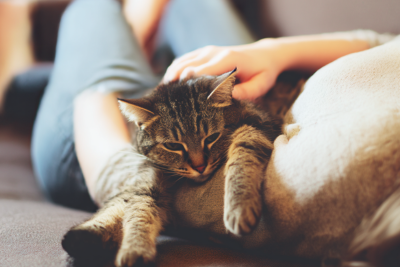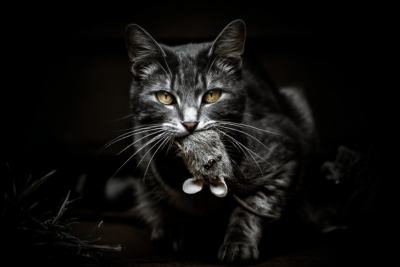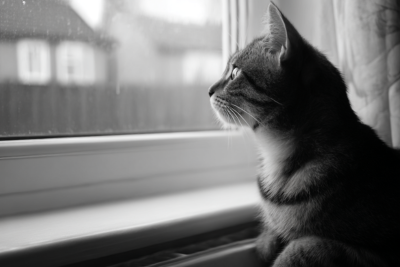Disclosure: Some articles on this site may contain affiliate links, meaning, at non additional cost to you, Chicago Urban Pets may earn a commission if you click through and make a purchase. As an Amazon Associate we earn from qualifying purchases.
Cats are endlessly fascinating companions, known for their independence, mystery, and surprising behaviors. As cat owners, we’ve all witnessed those head-tilting moments—like when your cat kneads your favorite blanket, drops a lifeless “gift” at your feet, or stares into space as if seeing something you can’t. While these actions may seem odd or even unsettling, they are deeply rooted in feline instinct, communication, and emotional expression.
Understanding what drives these behaviors not only satisfies our curiosity—it also helps us build stronger bonds with our feline friends and provide them with the care they truly need. In this post, we’ll explore three common yet puzzling things cats do and uncover the fascinating reasons behind them.
1. Why Do Cats Knead?

Kneading is one of the most recognizable—and sometimes confusing—cat behaviors. If you’ve ever had a cat rhythmically push their paws into your lap or a blanket, you might wonder what it means. While it might feel like a massage, this habit is rooted in much more than comfort. Here’s a closer look at what kneading really signals.
A Sign of Comfort and Instinct
Kneading, often referred to as “making biscuits,” involves cats rhythmically pushing their paws against soft surfaces. This behavior originates from kittenhood, where kneading stimulates milk flow from the mother. In adulthood, cats continue this action as a sign of comfort and contentment.
Marking Territory with Scent Glands
Cats also have scent glands in their paws. When they knead, they’re marking their territory with their scent—signaling ownership and familiarity. Kneading may also help them prepare a cozy spot for resting, just as wild cats would pat down grass to create a comfortable place to sleep.
2. Why Do Cats Bring You Dead Animals?

You may have woken up to a “gift” from your cat—usually something you’d rather not find on your floor. As unsettling as it may be, this behavior is entirely normal (especially for cats who go outside). But what exactly are they trying to tell us? It turns out this act has deep ties to feline instinct and social bonding.
Your Cat Thinks You’re Family
Receiving a dead mouse or bird from your cat might be unsettling, but it’s actually a gesture of affection. In the wild, mother cats bring prey to teach their kittens how to hunt. When your cat brings you a “gift,” it’s a sign they see you as part of their family.
A Form of Bonding and Sharing
This behavior is also a form of communication. Cats may be trying to teach you how to hunt, show their trust, or simply contribute to your shared household. While it might be hard to appreciate, it’s a meaningful expression of feline loyalty and care.

3. Why Do Cats Stare at Nothing?

It’s a classic cat moment: they freeze, lock their gaze on a blank wall or empty corner, and stare as if something invisible just moved. While it might feel eerie, your cat likely isn’t seeing ghosts—they’re simply picking up on things we can’t. With exceptional low-light vision, ultra-sensitive hearing, and a keen sense of smell, cats are often responding to subtle changes in their environment like tiny movements, distant sounds, or faint smells that go unnoticed by humans.
Super Senses at Work
Cats have incredibly sharp senses. When they seem to stare at nothing, they might be hearing high-frequency sounds, noticing small movements, or detecting scents we can’t perceive. This is often linked to their natural hunting instincts.
When to Watch for Health Concerns
In some cases, particularly in older cats, prolonged staring could point to cognitive changes or other medical concerns. If your cat seems disoriented or their behavior suddenly changes, a vet visit is a smart next step.
Understanding Your Cat Brings You Closer

Cats might not speak our language, but their behaviors say a lot. Whether it’s kneading your lap, offering a surprising “gift,” or staring into the void, these actions are rooted in instincts, emotions, and a deep connection to their environment—and to you.
By learning more about why cats do what they do, you become a more attuned and responsive pet parent. Keep observing, stay curious, and remember: every quirk has a purpose.
Ultimate Cat Care Checklist Before you Go



